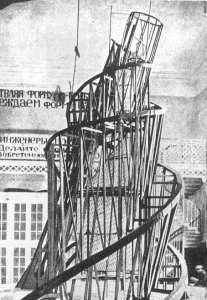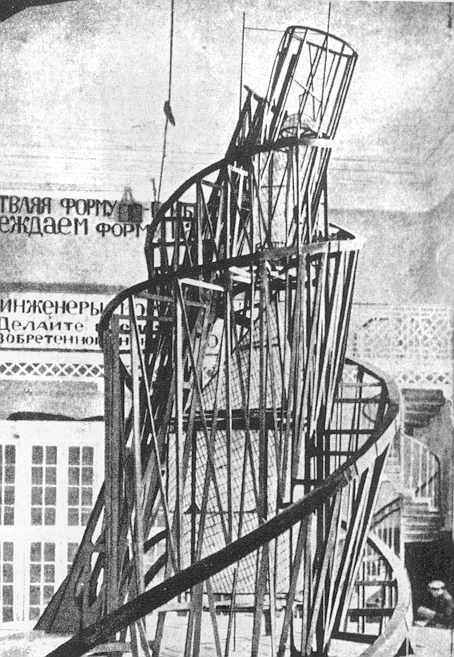 Up to the beginning of the 20th century, the Ancient Testament had been the most cited text in societies with Christian heritage when it came to condemning the human hybris and its emblematic spatial figure: the city. Yet, quite surprisingly, the most anti-urban text contains the perfect set of ingredients to build one. As the prophets write, “behold”:
Up to the beginning of the 20th century, the Ancient Testament had been the most cited text in societies with Christian heritage when it came to condemning the human hybris and its emblematic spatial figure: the city. Yet, quite surprisingly, the most anti-urban text contains the perfect set of ingredients to build one. As the prophets write, “behold”:
“The whole earth was of one language, and of one speech. And it came to pass, as they journeyed from the east, that they found a plain in the land of Shinar; and they dwelt there. And they said one to another, Go to, let us make brick, and burn them thoroughly. And they had brick for stone, and slime had they for mortar. And they said, Go to, let us build us a city and a tower, whose top [may reach] unto heaven; and let us make us a name, lest we be scattered abroad upon the face of the whole earth. And the LORD came down to see the city and the tower, which the children of men builded. And the LORD said, Behold, the people [is] one, and they have all one language; and this they begin to do: and now nothing will be restrained from them, which they have imagined to do. Go to, let us go down, and there confound their language, that they may not understand one another’s speech. So the LORD scattered them abroad from thence upon the face of all the earth: and they left off to build the city. Therefore is the name of it called Babel; because the LORD did there confound the language of all the earth: and from thence did the LORD scatter them abroad upon the face of all the earth. ” [Genesis, 11:1-9]
In other words, a human community needs three elements to exist:
- A common language, i.e., a common symbolic space necessary to articulate a coordinate action,
- the mastery of matter,
- and a name to give itself, in order to make oneself distinct from the rest of the world.
And then one more thing: a common project, i.e., a shared idea of the highest good as Aristotle points out at the very beginning of his Politics. When these three ingredients give them the ability to do anything “which they have imagined to do”, humans only need to imagine something. Jerusalem imagines God. Yet its ingredients are exactly the same as Babylons, who only imagines itself. Precisely here lies the difference and the sin of Babylon in the eyes of the authors of the Bible. Because there are two ways of conceiving a human project.
The first one – and this would be the Jerusalem model – consists in trying to converge to a transcendental ideal. This is the model of religious fundamentalism, of 20th century totalitarianisms, and of our Brave New Worlds. Yet the Jerusalem model is also one in which humans ask themselves what happiness is before undertaking anything. It is a model that prohibits striving unless there is something to strive for.
Babylon strives without goal. It is beautiful and free and terrible and mad. It is the city of those who launch the “arrow of longing” beyond themselves, as Nietzsche would exalt before the end of his century. It is the city of infinite growth, fleeing forward men making themselves – and the world – miserable in their rush out to nowhere. Babylon depletes its environment. It lives on a mountain of high-tech garbage. But it is also the city in which men do not have to be told what to expect in order to live in expectation, they do not have to be taught what to desire in order to feel longing.
While the perfect ingredients of city building have so long been in our hands, we still don’t know which city to build.
Image
Tatlin Vladimir, 1919-1920, Model for the Monument of the 3rd International, sculpture.
